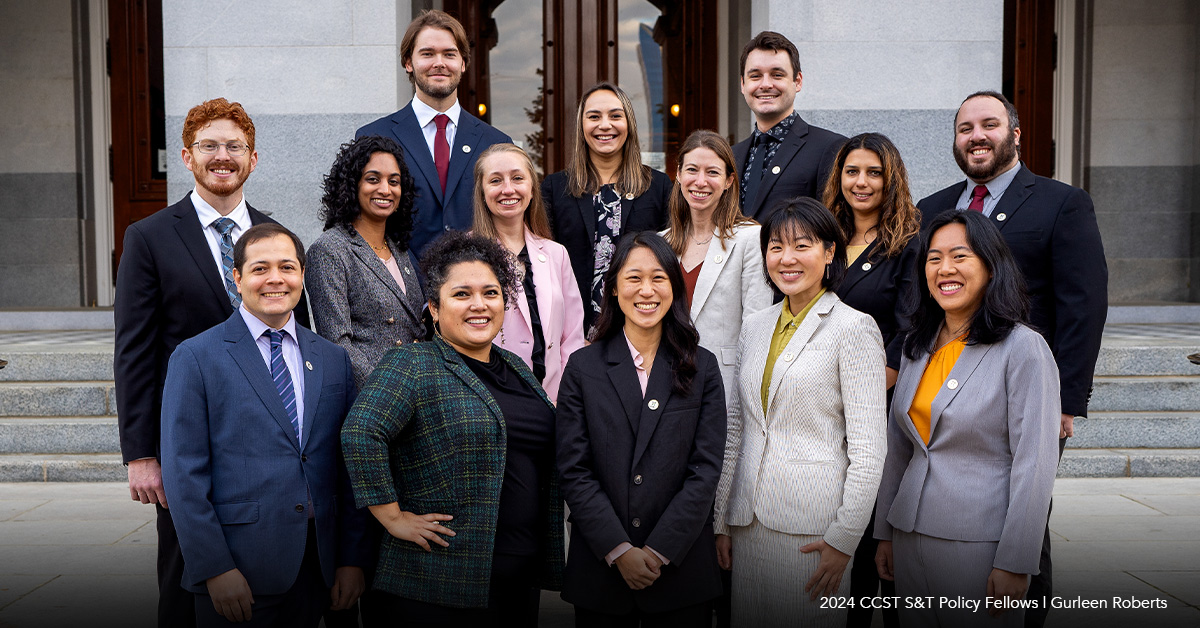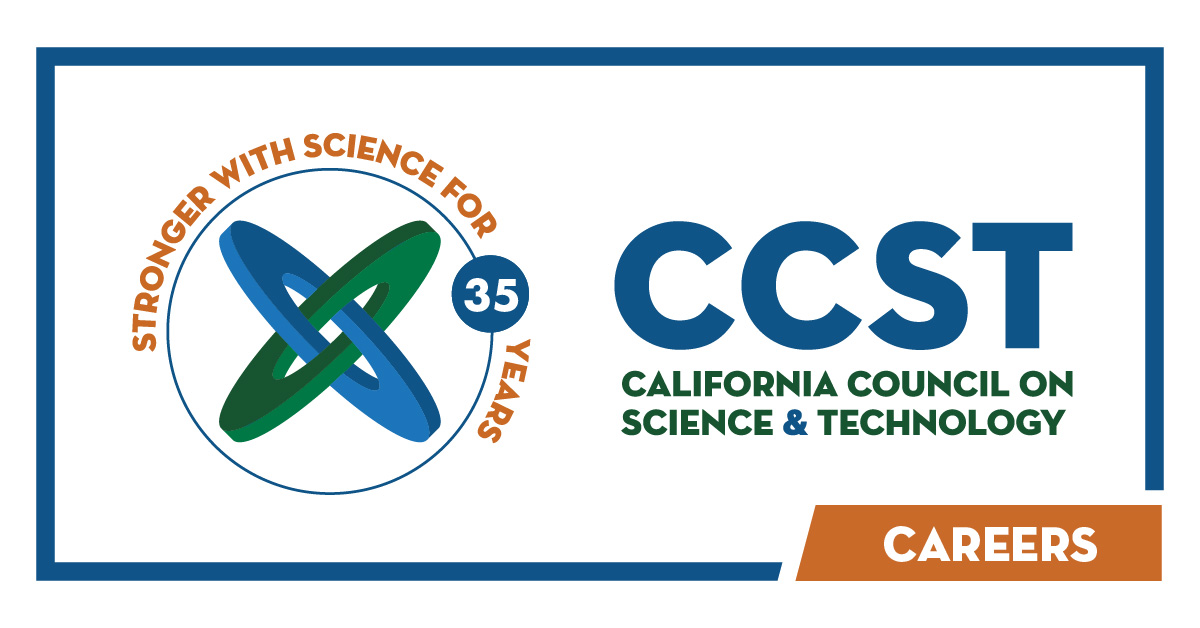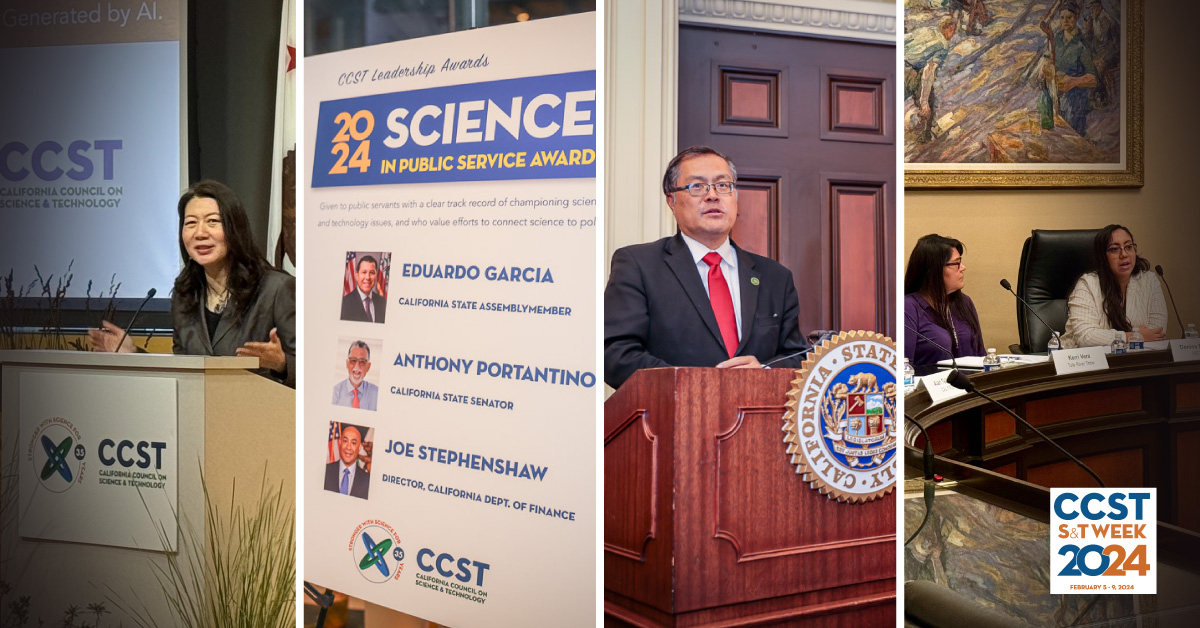Getting to the Heart of Biometric Data
March 30, 2012 | California Science News | Contact: M. Daniel DeCillis

The increasing ability to track, store, and analyze biometric data has offered many possibilities for those interested in monitoring their own health. At the California Institute for Telecommunications and Information Technology (Calit2), numerous projects are underway exploring the potentials that inexpensive, ubiquitous biosensors offer. For Calit2 UCSD Division Director Ramesh Rao, the exploration has been both professional and personal, as he has applied rigorous tracking and analysis of his own biometric data to his performance in running, yoga, and meditation.
“At Calit2, we are currently in early stages of creating a scalable effort at tracking, organizing and analyzing biometric data, especially metrics pertaining to the heart,” said Rao. “Heart rate variability is a promising marker for the study of human physiological response, and one which serves as an indicator of health and a state of well-being.”
Rao, who is also the first holder of the Qualcomm Endowed Chair in Telecommunications and Information Technologies in the department of Electrical and Computer Engineering of the Jacobs School of Engineering at UC San Diego, notes that there is still much work to do in exploring the synergy between heart rate and the rhythms of other bodily functions.

The profusion of available sensor technologies is certainly an important factor in the equation, but the ability to algorithmically mine the data – making sense out of the vast quantities of information gathered – is equally important. Research at Calit2, for example, is applying a signal processing technique known as wavelet coherence as a novel approach to find the degree of correlation between heart rate variability and other functions as a function of time and frequency. Early experiments have, according to Rao, revealed remarkable correlations between quantified measures of well-being and certain traditional practices such as yoga and meditation not only in an individual but in groups of individuals practicing together.
“Making these measurements has engaged me both personally and scientifically,” said Rao. “Everyone builds on what has meaning to them. The digital transformation of healthcare monitoring allows us to try to understand the human body on a personal level.”






